It is amazing that some animals can stay underwater for hours or even months without breathing, even though their bodies are not designed to do so. Fish get oxygen from water through their gills, but marine animals that breathe air need to make amazing changes to their bodies and behavior to live in the deep. The best underwater endurance athletes push the limits of what seems possible. For example, whales can slow their hearts to almost stopping, and turtles can “breathe” through their rear ends. But which species is the best? And what evolutionary tricks help them live longer than all the others?
The Unlikely Champion: Freshwater Turtles That “Breathe” Through Their Cloacas
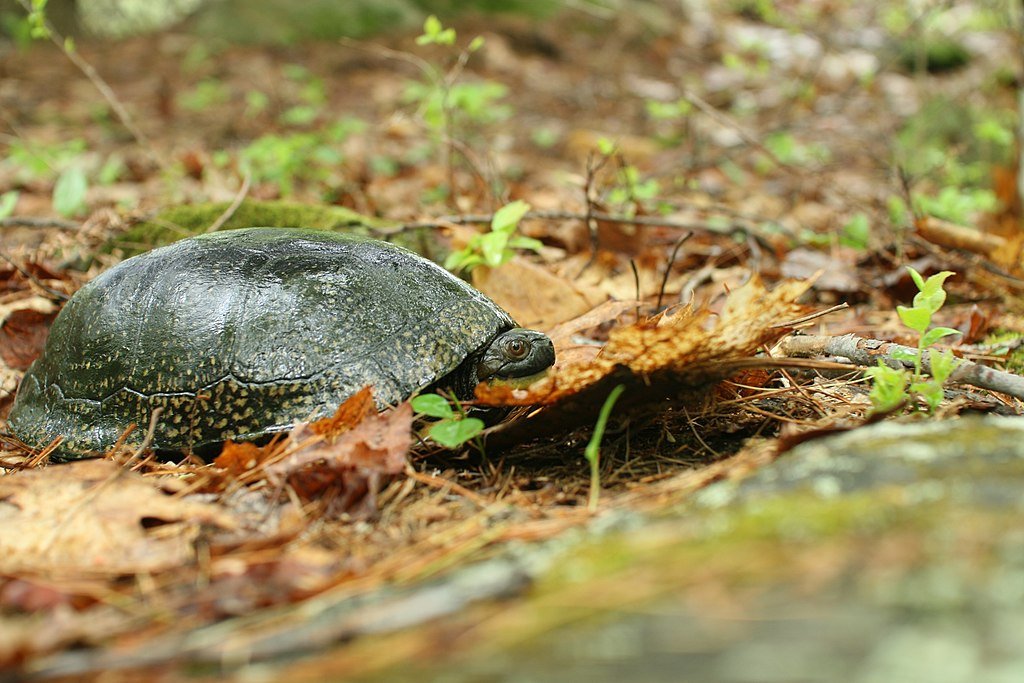
Freshwater turtles, especially the Blanding’s turtle, seem to laugh at any number we call maximum endurance. Winter finds them sleeping under the ice for months, their heartbeats barely register, and somehow they pull trace oxygen through the cloaca- that same opening handles reproduction and waste.
The cloaca itself isn’t just a drainage pipe; it has thin-walled tissues that gulp dissolved oxygen from the water like living gills.
- Because these reptiles are ectothermic, their entire metabolic machinery slows down with the dropping thermometer, slashing the overall oxygen appetite.
- Reliable field surveys suggest certain species can remain fully submerged for four or five months, although those figures describe endurance, not a contest of will.
The Deep-Diving Whales: Masters of Oxygen Conservation
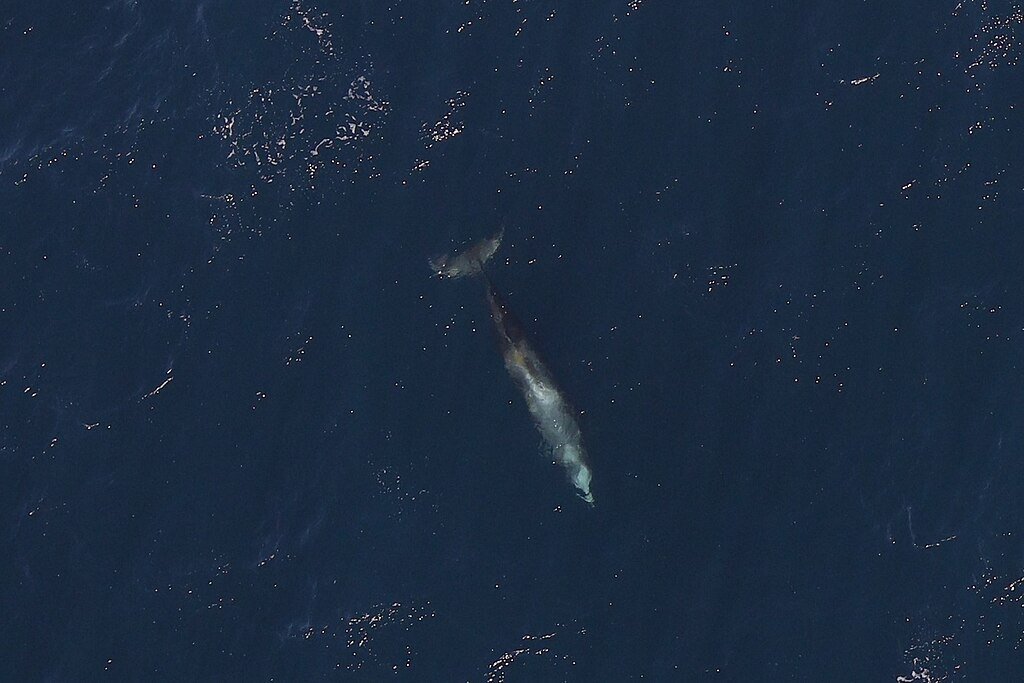
The Cuvier’s beaked whale (Ziphius cavirostris) has the longest voluntary dive of any mammal: 3.7 hours. Sperm whales and Arnoux’s beaked whales are next, with dives that last more than two hours. These big guys do this by:
Amazing things about the body:
- Bradycardia: Their heart rate drops to as low as 2 beats per minute, which sends blood to important organs.
- Myoglobin-Rich Muscles: This protein, which stores oxygen, is 10 to 30 times more concentrated than in humans.
- Collapsible Lungs: Their lungs compress at depth to keep them from getting decompression sickness, which sends oxygen into their blood.
Trade-Off: Whales have to come to the surface eventually, even though they can hold their breath for a long time. Turtles can “cheat” by breathing through their cloaca.
The Leatherback Turtle: A Cold-Water Diving Machine
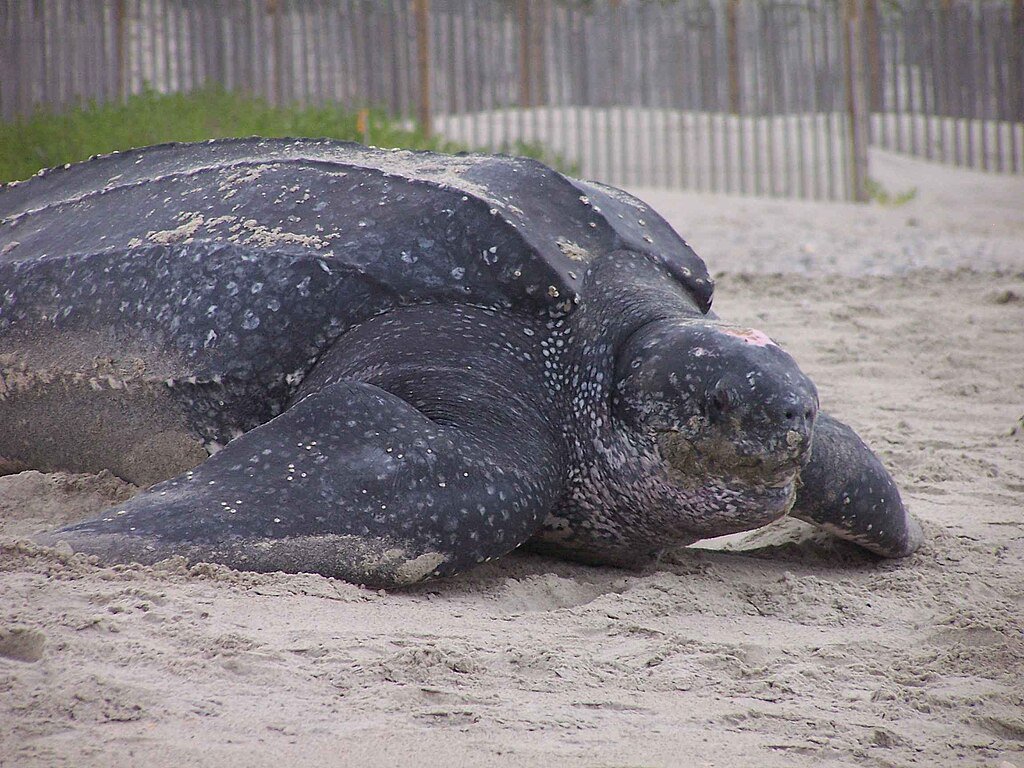
Leatherbacks-Dermochelys coriacea-sink farther than any other reptile, ghosting down to 1,200 meters and sometimes lingering for 85 minutes without surfacing. No other sea turtle comes close.
- A mesh of narrow blood vessels loops through their flippers, trapping warmth and letting them forage in water that chills the ordinary heart.
- Similar to a whale, each lung crumples under ocean weight; that shrinking balloon cuts buoyancy and limits the nitrogen absorbed on the way down.
- Pure bulk works as a radiator; a leatherback tipping the scales at 1,000 pounds stores metabolic heat the way a thick stone wall holds warmth.
On the sea bed their pulse can drift so low they drift motionless, a temporary sculpture resting for hours while the current sweeps by.
The Crocodilian Edge: Fear-Induced Record Breakers

Freshwater crocodiles (Crocodylus johnstoni) aren’t real marine animals, but when they feel threatened, they can dive for 6.7 hours, which is longer than any other mammal. What is their plan?
How to Stay Alive:
- Anaerobic Metabolism: They switch to making energy without oxygen and can handle the buildup of lactic acid.
- Minimal Movement: They cut their oxygen use by up to 90% by staying perfectly still.
Warning: These are stress responses, not normal foraging dives.
The Loggerhead Turtle’s Secret: A 10-Hour Nap Underwater
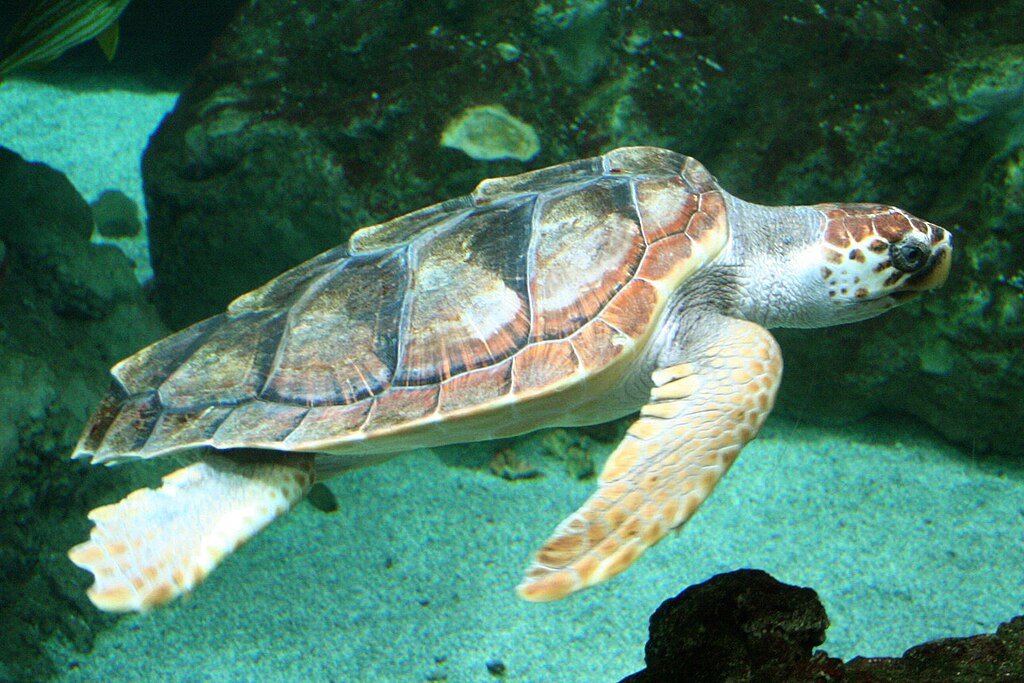
Loggerhead sea turtles-Caretta caretta-can sit still and hold their breath for 10.2 hours, a reptile record no one managed to beat. Universal wonder, really, when the creature strolling the sand looks so ordinary.
- Lifeguard protein myoglobin bulked up in their muscles keeps fresh oxygen locked away, almost like a private reserve. Each stroke, each push of the flipper uses the reserve slowly.
- An ancient reflex kicks in the moment the turtle first sinks: heartbeat eases, blood quietly shuffles toward the brain and heart. Evolution hardwired that quiet conservation plan long ago, yet we still marvel at the apparent calm.
Most loggerheads parish within minutes of being wedged in a fish-net. The cruel twist shows how forced submersion is not, in any sense, the same as a leisurely hold.
Elephant Seals: The Endurance Athletes of the Mammal World
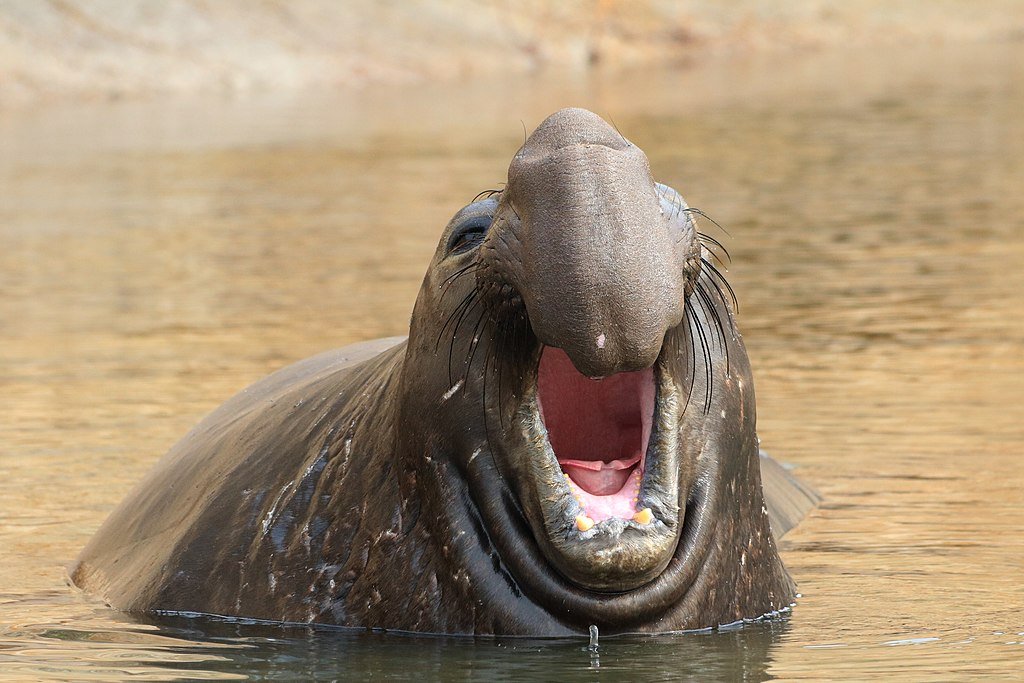
Northern elephant seals (Mirounga angustirostris) dive for two hours at a time and can go as deep as 1,500 meters. What’s their edge?
Extreme Physiology:
- Blood Shunting: They stop blood flow to organs that aren’t needed.
- Spleen Boost: Their big spleen sends oxygen-rich red blood cells into their bodies while they are diving.
Limitation: They have to come to the surface to breathe, unlike turtles, who can do it through their cloaca.
Conclusion: Who Wins the Breath-Holding Crown?
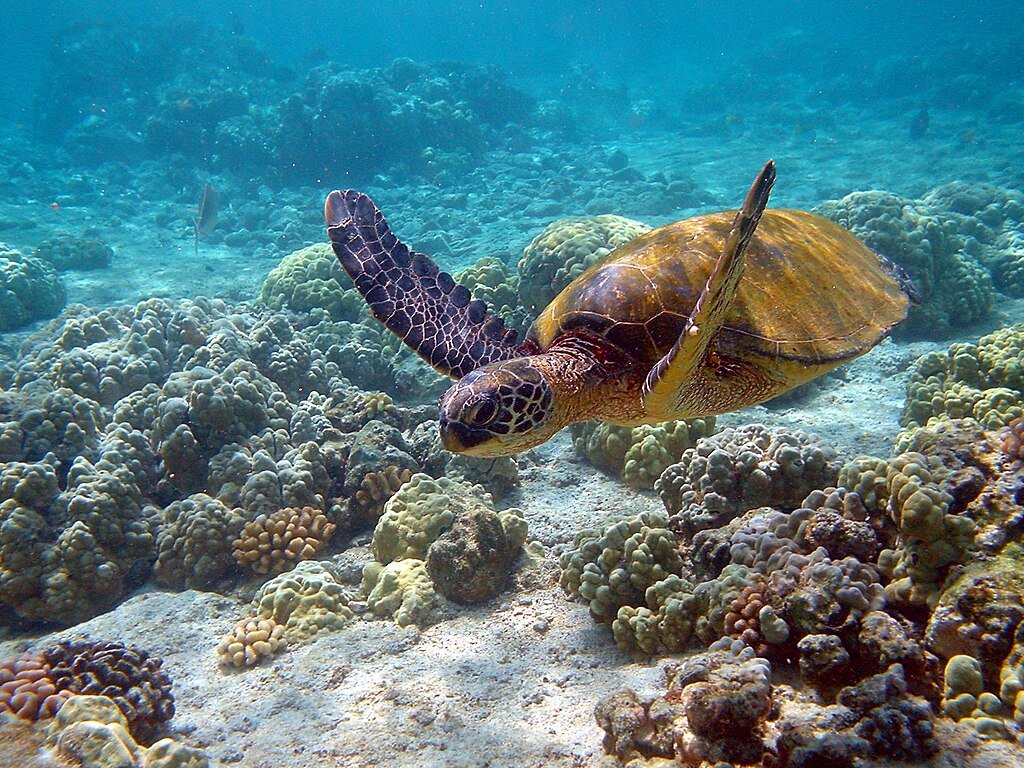
Test for raw stay-under-water power and freshwater turtles come out on top; some can sit in the silt for months, hardly stirring. If the question is how long a creature will willingly descend, Cuvier’s beaked whales-3.7 grinding hours in one breath-reign above the big marine mammals, while loggerhead sea turtles-beyond 10 hours in the deep-hold the same kind of crown among reptiles. Few things are stranger than the street price evolution sets for survival tricks: one species breathes through its rear end, another folds its lungs like canvas, and the show goes on.
Final Thought
As the oceans get warmer because of climate change, these adaptations may have to deal with new problems. Leatherbacks might have trouble finding food in warmer waters, or they might have to come to the surface more often. The ultimate breath-holders remind us that staying alive isn’t just about holding on; it’s also about changing the rules of biology itself.
Sources:

Jan loves Wildlife and Animals and is one of the founders of Animals Around The Globe. He holds an MSc in Finance & Economics and is a passionate PADI Open Water Diver. His favorite animals are Mountain Gorillas, Tigers, and Great White Sharks. He lived in South Africa, Germany, the USA, Ireland, Italy, China, and Australia. Before AATG, Jan worked for Google, Axel Springer, BMW and others.




